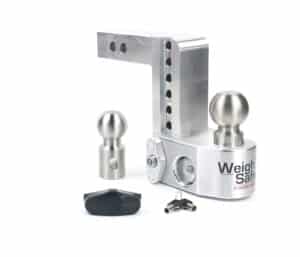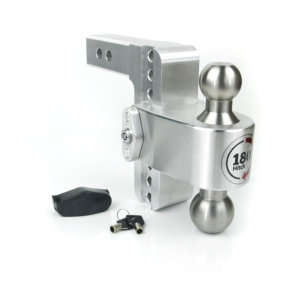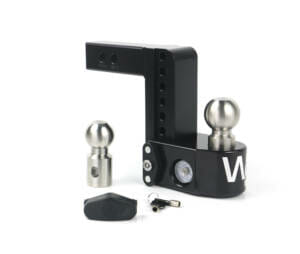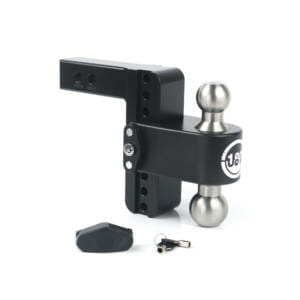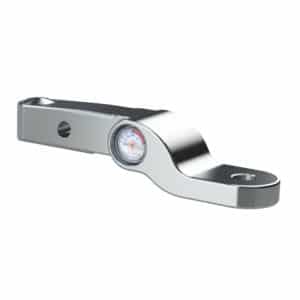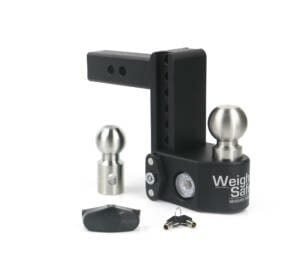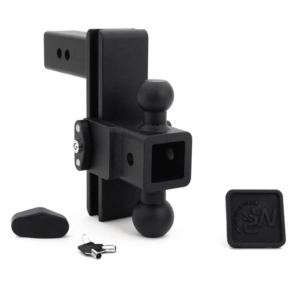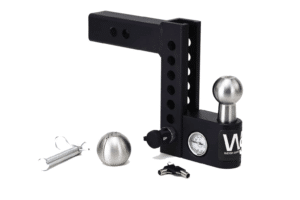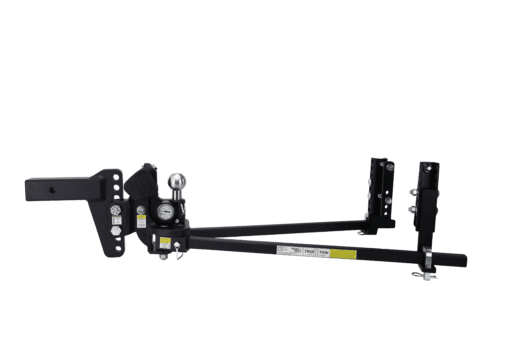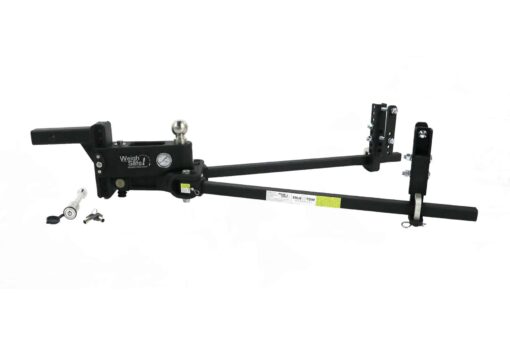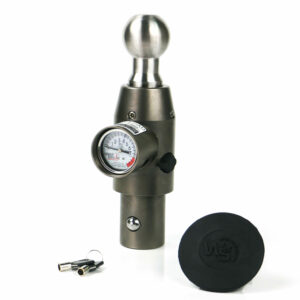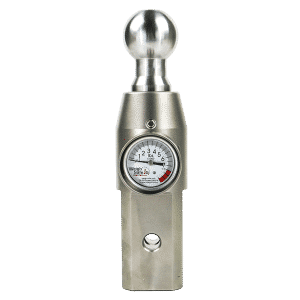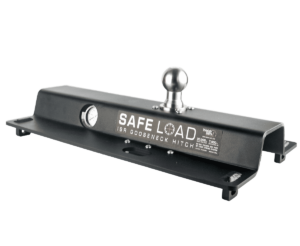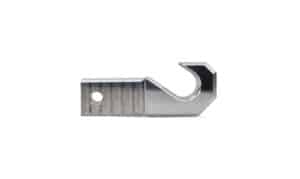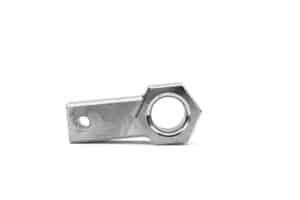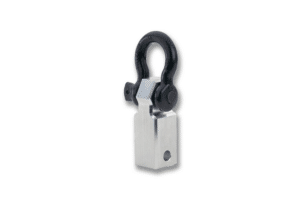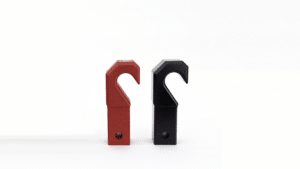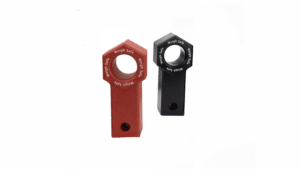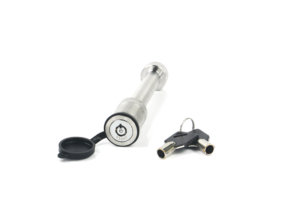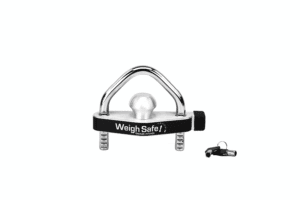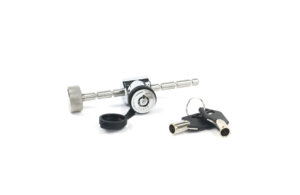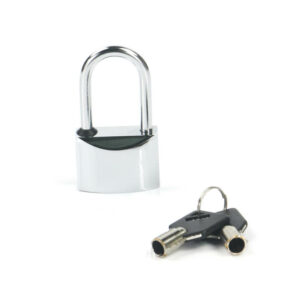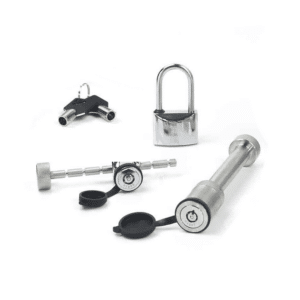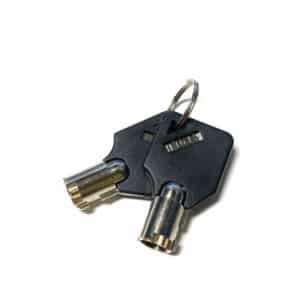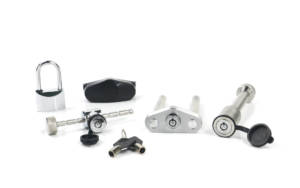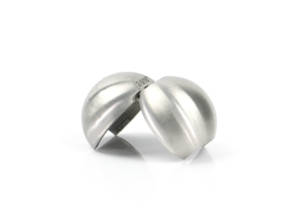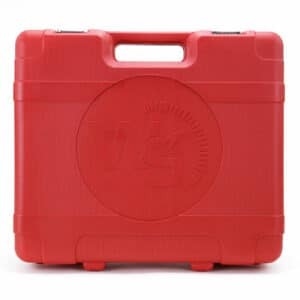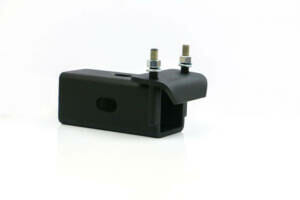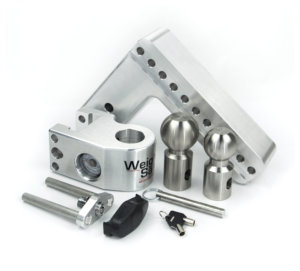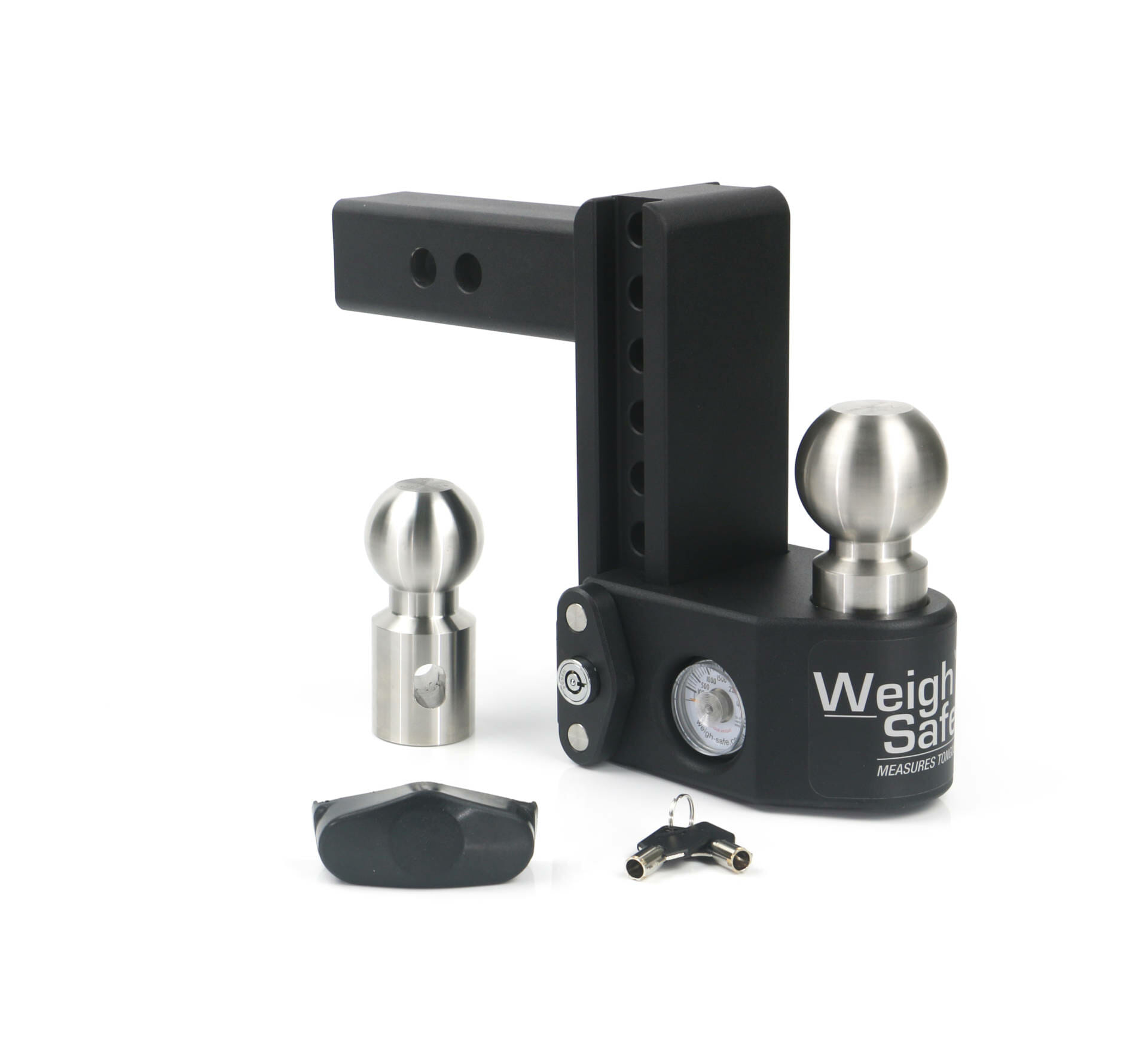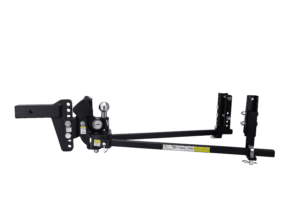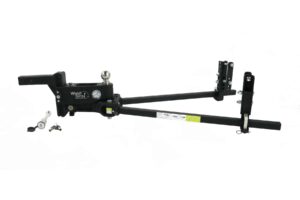Making sure that your tow vehicle and trailer is connected properly is one of the handful of important towing checklist tasks that you must do prior to hitting the road. We’re going to help you learn how to properly connect your trailer to your truck:
Trailer Connection Steps
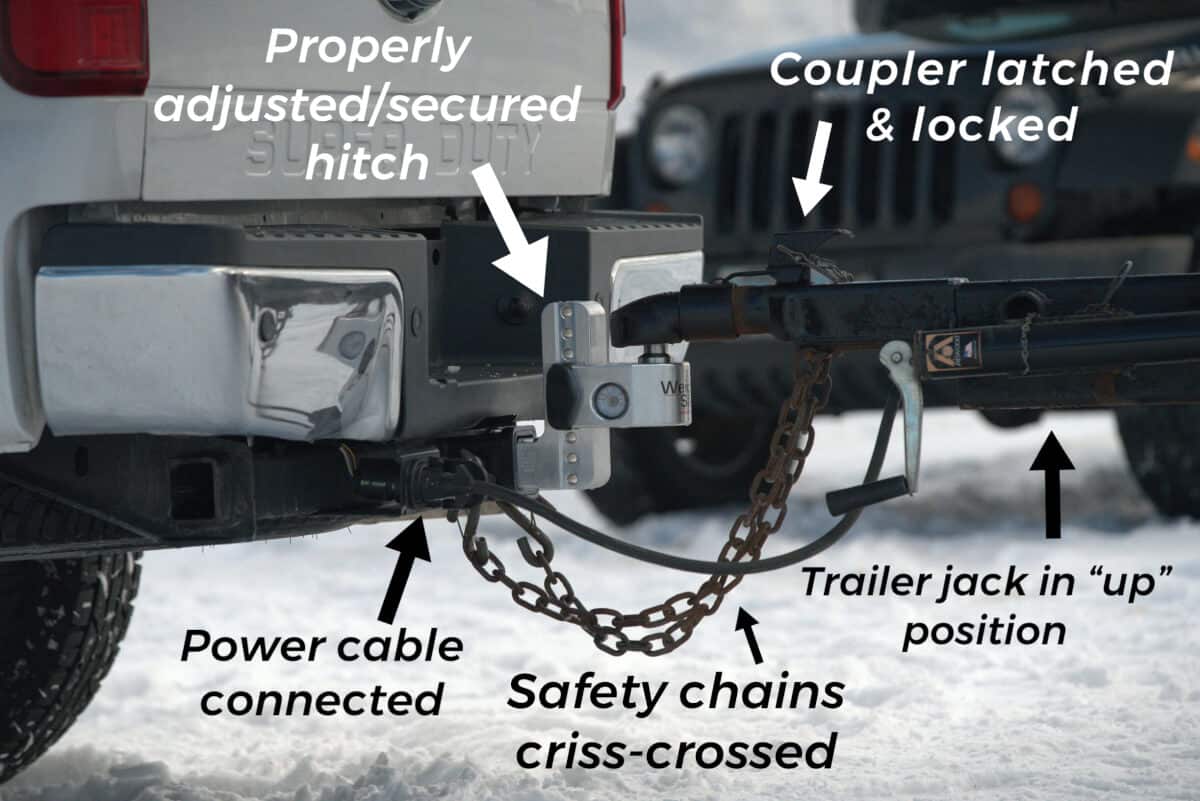
Step 1 – Proper Hitch
First and foremost, ensure that you have a proper hitch and tow ball size that will fit the needs of the trailer you are towing. Your trailer should have markings to indicate necessary sizes.
You will also need to make sure that the connected trailer runs parallel to the ground. If your tow vehicle sits too high for your trailer (or vice versa) and you do not have an adjustable hitch, you will need to purchase an adjustable hitch that suits the needs of both your tow vehicle and trailer. This is important! Check out the Weigh Safe adjustable hitch to match requirements.
Step 2 – Secure Lock
Now that you have a hitch that meets your needs, it is critical to securely lock the hitch into the receiver of your tow vehicle with a suitable hitch pin lock (we sell locking hitch pins). Double check to make sure that your coupler is latched, locked and completely secured onto the tow ball of your hitch. You can check this by pulling up on the trailer tongue or looking underneath the coupler to verify latch and lock; it should not be able to come off and if it does, you will need to start from square one and reconnect.
Step 3 – Safety Connections
Once your trailer is properly coupled to the tow ball and the trailer jack or stand is in the “up” position, you will need to check the safety trailer to truck connections to ensure your setup is correct. Verify that your safety chains are connected from the trailer to your tow vehicle. Those two chains should criss-cross over each other to form an “X”. The reason for this, is that if for some reason your coupler comes unhooked, the coupler will land on the criss-crossed chains instead of hitting the road. In addition, these chains should not be touching the ground but should have enough slack for turns.
Step 4 – Power Cables
Next, you will need to verify that your power cables are connected and working properly; again making sure they aren’t touching the road but loose enough for turns. Locate the wiring socket (power plug) that should be on the back of your tow vehicle, whether it is on or near the bumper, inside the trunk or a loose wire. Inspect to make sure it is not damaged, frayed or corroded in any way; if any of these have occurred, it may prevent the power from functioning properly and will need to be inspected by a mechanic.
Step 5 – Connect Power Cables
Once you have ensured that the power cables are free of damage, securely press the trailer power cable into the socket on the tow vehicle (make sure to avoid having the cords running under the coupler or tow ball so that it doesn’t get damaged or unplugged).
Step 6 – Test Everything
You will then need to test/check the lights on the trailer to ensure that the power cables were connected properly and everything is in working order. Your tow vehicle will need to be on and running in order to check this.
This is easiest done with a friend; have one person in the vehicle testing the lights and the other person on the back end of the trailer within view of the driver. You will need to make sure the running lights, brake lights, turn signals, and hazards are all in working condition and in sync. If any of these lights are not functioning properly double check the power connection.
If the connection is secured and done properly but the lights still do not work, please see a mechanic to get these fixed as it is not safe to tow a trailer without working trailer lights and this will help avoid getting pulled over or causing an accident.
Step 7 – The Breakaway Cable
Also, if you are towing a trailer that has trailer brakes, you will need to verify that your run away or breakaway cable is attached. Not all trailers have trailer brakes with such cable. This cable will need to be connected separately to the tow vehicle but not to the safety chains or ball mount.
The purpose of this cable is to attach the trailer brake system to your tow vehicle. If your trailer were to come unhitched from your truck, the breakaway cable would then pull the pin out and engage the trailer brakes. This would slow it down and bring your trailer to a stop and help prevent it from becoming a bigger hazard on the road or causing an accident.

